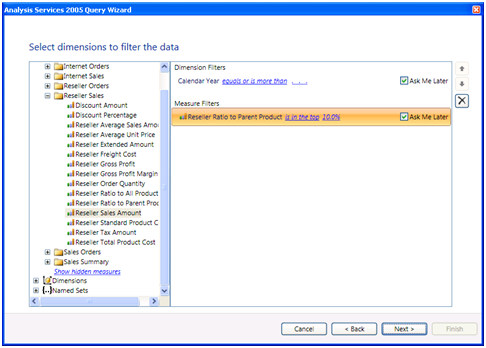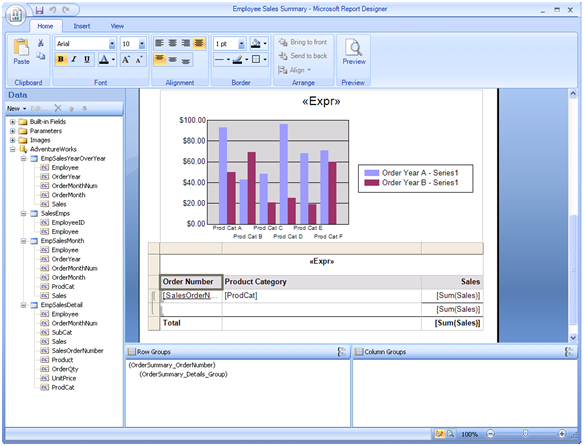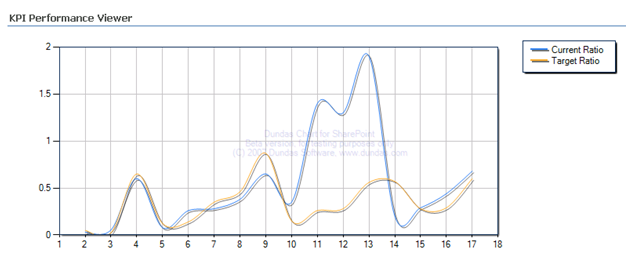Radius Producer "Produces" No-nonsense SSAS Support
In my opinion, the biggest challenge the Microsoft BI initiative faces today is the inadequate support for Analysis Services. The premimum Microsoft reporting tools claim to support SSAS but they all take an idependent view about what features they should support or not. To make things worse, even supported features turn out to be not “supported” enough and subsequenly declared as “by design” or known limitations. This cripples UDM and forces customers to look outside the Microsoft BI stack, hoping to find third-party tools to fill in the gap.

Recently, I had the pleasure to take a look at the pre-release bits of the Radius Producer by 90 Degree Software. Those of you who installed the November CTP of SQL Server 2008 and played with the standalone Report Designer, will undoubtedly find many similarities between both tools, in terms of artchitecture, designer experience, even look and feel. One feature that Radius Producer excells in is end-user reporting from SSAS. For example, the snapshot shows the Radius Producer filtering support which I particularly liked. The user can filter on multiple dimension and measures and the tool provides common filter conditions that business users would appreciate, such as top, bottom, greater than, less than, etc. When the user selects the Ask Me Later option, the filter is promoted to a report parameter. Based on what I’ve seen, Radius Producer generates very clean and efficient MDX although I am yet to test with larger cubes. I was able to produce reports succesfully from both SSAS 2005 and 2008.
Radius Producer is more ambitious than being a reporting tool only. It promotes colleboration among information workers. Users can save queries and report snippets, and subsequently share them on the Radius network. Think Zune but instead of music you share report gadgets. If you are on a lookout for a third-party reporting tool that generates RDL and provides a good support for SSAS, take a moment to evaluate the forthcoming release of Radius Producer.







